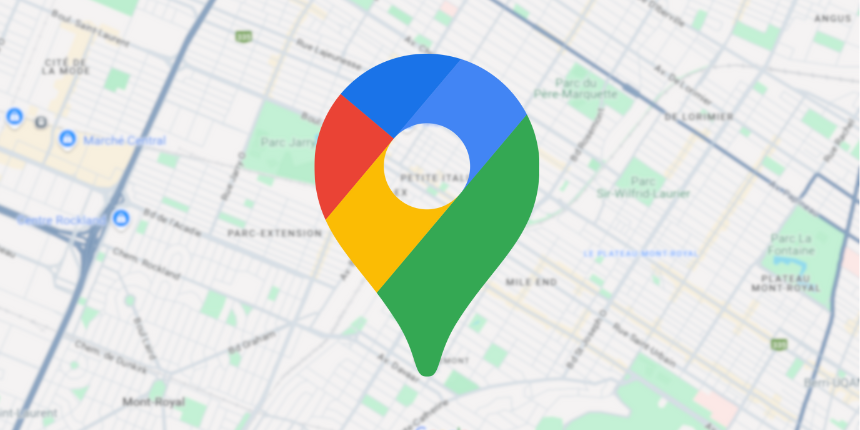

Over the past year, it has felt like every corner of marketing has been touched by AI. Generative tools are speeding up creative production, search platforms are experimenting with AI-generated overviews, and new startups are promising to reimagine how users discover brands. The pace of change is undeniable.
That momentum has spilled into local marketing. Questions are coming from every direction: Will AI replace traditional search? Should we optimize for ChatGPT? Do we still need listings? In some cases, these questions are surfacing at the executive level, creating pressure for local teams to act before the landscape has fully settled.
This is a classic hype cycle: early signals are amplified, the pace of innovation creates urgency, and speculation begins to outpace reality. For local marketers, that can lead to distraction or rushed decisions. The challenge is knowing which signals to trust and what deserves your attention right now.
That’s why clarity matters. In this post, we’ll unpack what’s actually happening, what’s not happening, and where to focus as the AI landscape continues to evolve.
What AI isn’t changing (yet)
Despite the buzz, AI hasn’t upended local search, at least not in the ways many assume. Platforms like ChatGPT and Perplexity are influencing how people search in general, but when it comes to local discovery—like finding a nearby plumber, restaurant, or retail location—their impact remains limited and often unreliable.
Ask ChatGPT for a local recommendation and you’ll often get results that are outdated, geographically inaccurate, or simply incorrect. Some of the businesses returned may no longer operate, or they may be located miles away from the requested area. In some cases, the tools redirect the user to “try a Google search” instead. It’s a reminder that these models aren’t built to handle local nuance just yet.
Even when these platforms claim to “search the web,” what they’re really doing is pulling from Bing’s web index, not from structured local databases like Bing Places or Google Business Profile (GBP). That means AI-powered answers are missing many of the cues that traditional local search relies on, including verified hours, proximity, photos, and review sentiment.
So, while AI is changing how people gather information, it hasn’t meaningfully changed how they choose a nearby business. Local search continues to thrive on Google and in structured platforms that surface accurate, location-specific content. And for now, that’s still where the majority of local customer journeys begin.
What really powers visibility in AI-influenced search
While AI hasn’t reinvented local search, it is quietly reshaping how some answers are surfaced—just not in the way many expect. When a platform like ChatGPT offers a response to a local query, it isn’t pulling from structured listings or verified business profiles. It’s drawing from web content, mostly indexed through Bing’s search engine.
This matters because it changes the rules of visibility. Unlike Google’s local pack, which prioritizes relevance, proximity, and structured signals, AI tools are surfacing brands based on content availability, authority, and clarity. In one example, we saw a client appear in an AI-generated response not because of their listing data, but because their website content and PR coverage clearly positioned them as a trusted provider in that category.
That’s an important shift. It means visibility in AI-driven environments is less about managing listings and more about owning the narrative across the open web. As a result, traditional SEO tactics are regaining importance, including:
- Optimized site content that clearly reflects your services and location relevance
- Clean, well-structured location pages for each business presence
- Inbound links from credible sources that reinforce authority
- Strong brand mentions through content, media, and partnerships
In this context, the work that brands have done in content, PR, and website optimization becomes more valuable—in fact, it’s the kind of work that turns brands into local heroes. These assets feed directly into the language models powering AI tools. It’s not about abandoning local best practices; it’s about expanding the definition of what drives discovery in a hybrid search environment.
Stay Forward
Get exclusive insights into digital
media's top-trending topics delivered
directly to your inbox.
What brands should focus on right now
If the landscape feels noisy right now, that’s because it is. But not all signals are worth chasing. For multi-location brands, the key is knowing what to prioritize—what actually moves the needle today, and what sets you up for what’s next.
Start with your core platforms. Google continues to drive the majority of local discovery, and its updates in 2024 only reinforced its dominance. Staying accurate, relevant, and up to date across your listings is still essential. Reviews matter. Local content matters. That foundation remains solid.
But visibility doesn’t stop there. AI platforms are starting to shape how information gets pulled and presented across search journeys. You don’t need a separate AI strategy, but you do need to ensure your web presence is strong, clear, and connected to your local footprint.
That’s where alignment becomes critical. Your SEO, listings, web content, and reputation strategy shouldn’t operate in silos. When they work together, they reinforce your visibility in both traditional and emerging search experiences.
Looking ahead: Measuring what matters as AI evolves
As AI tools continue to shape digital behavior, one thing is clear: the way performance is measured is beginning to shift. Visibility is no longer limited to a set of search rankings or listing impressions. Emerging platforms are creating new, less structured ways for users to find and evaluate brands—and that requires new ways to understand impact.
In the near future, marketers will need to know more than just where they appear. They will need to ask:
- How often is our brand mentioned in AI-generated responses?
- How are we being described by these platforms?
- Does the sentiment align with how we want to be perceived?
This kind of visibility—beyond the click or the map pack—will become a key part of local performance analysis.
Measurement frameworks are already evolving. Organic rankings, reviews, media assets, and listing data are starting to interact in new ways across search and AI platforms. Bringing these signals together makes it easier to see not just what is happening, but why it is happening—and how to adjust.
The challenge ahead is not just about showing up in new environments. It’s about understanding how presence, perception, and performance connect across a growing set of touchpoints. Brands that embrace that complexity will be the ones that stay visible, relevant, and ready for what comes next.
Choose a partner for the future of local search
Local search is evolving, but not in ways that demand a complete rethink. What matters now is staying focused on what drives visibility across both traditional and emerging platforms. That means aligning your content, listings, reputation, and web presence to work together—clearly, consistently, and at scale.
At DAC, we help brands bring those elements together into one cohesive strategy. Our approach is about readiness, not reaction, making sure you’re present, accurate, and trusted across every platform that matters. The AI conversation will keep evolving. But your strategy doesn’t need to follow every shift. It needs to be grounded, flexible, and built for visibility across the full landscape of discovery, today and tomorrow.
Contributing Experts
Stay Forward
Get exclusive insights into digital
media's top-trending topics delivered
directly to your inbox.




